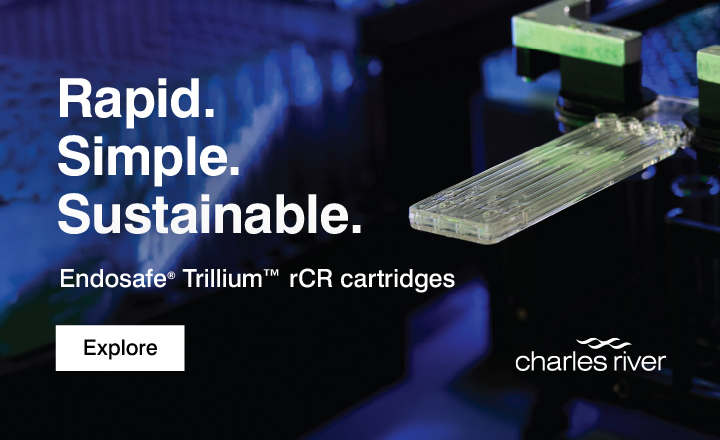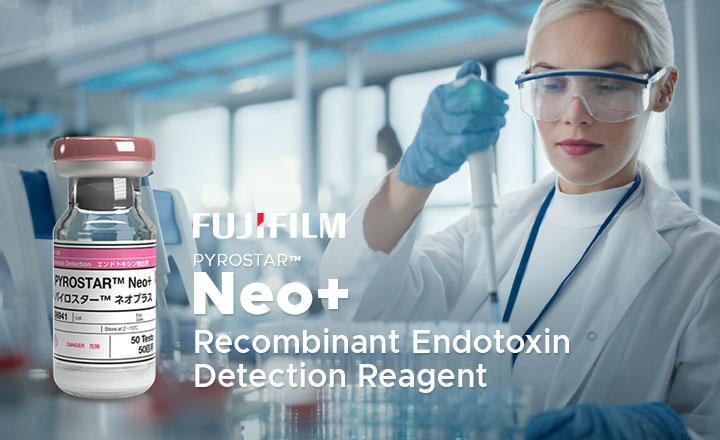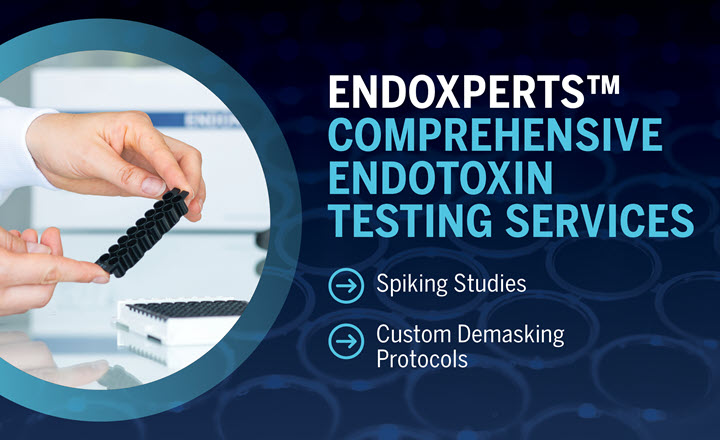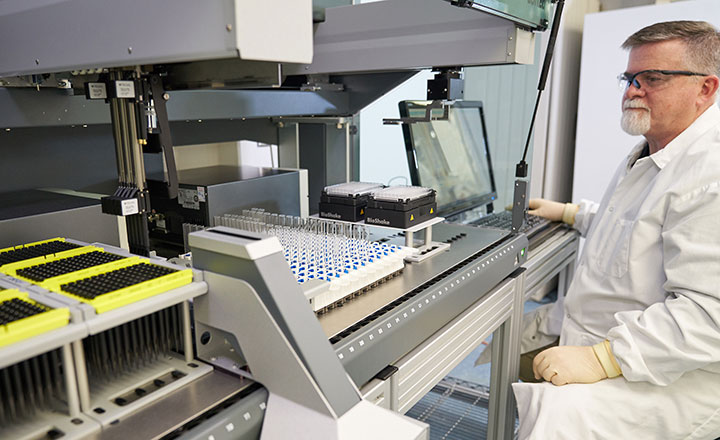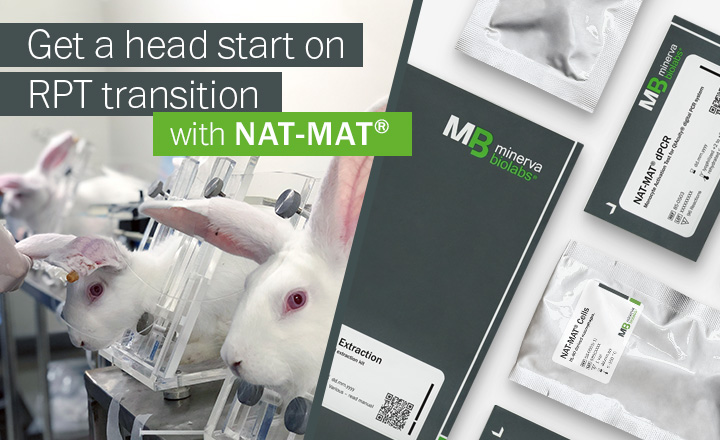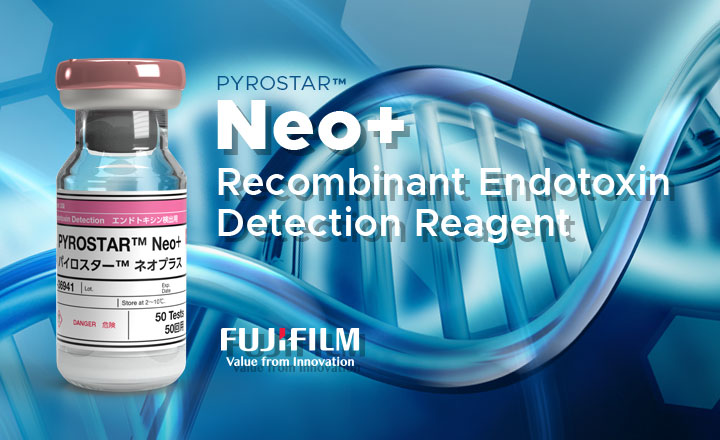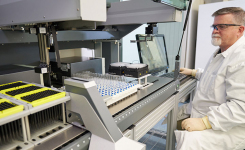There are two types of failures that can occur in endotoxin testing, product independent and product dependent. Examples of assay failure include:
- Negative control failures
- Poor coefficient of variation (%CV)
- Positive product control (PPC) failures
Negative control failures are quite common, but can easily be avoided with proper cleaning routines and adequate personal protective equipment. The reader and assay preparation area should be located away from old air conditioning units and vortex mixers, as they can shed particulates. Good pipetting technique is also critical and reduces the possibility of endotoxin contamination in blanks/negative controls. It is also important to use certified consumables, such as pipette tips, and to strictly follow all procedures recommended by the Limulus Amebocyte Lysate (LAL) assay manufacturer. For example, deviating from the recommended vortex mixing steps can compromise the standard curve and reduce the difference between the blank and lowest endotoxin standard.
Want to find out more?
To learn more about other common assay issues and how to avoid them, you can listen to this recent webinar from the team at Lonza. The slides from the webinar are also available to download. Lastly, we’ve also provided a brief snapshot of the Q&A session that took place towards the end of the webinar. The three questions below accurately represent some of the common questions QC professionals have around avoiding endotoxin assay failures. Please watch the webinar to gain even more insight from the Q&A session.
Q: Why is there no %CV data provided for split replicates? A: %CV can only be calculated if there are at least two reaction times. Split replicates, where the reaction finishes in one well but not the other, only report one reaction time by definition (the other is displayed as ****). Therefore, no %CV values are calculated. If users wish to avoid split replicates and have %CV calculated for these samples, we recommend they use the Kinetic SmartStop™ feature in WinKQCL™ 5.
Q: What pH should my sample be? What should be used to adjust the pH? A: Our endotoxin detection assays are optimised to work with samples in a pH range of 6-8. If the pH of your sample falls outside of this range you can adjust it with a buffer, HCl or NaOH. It’s important to make sure your buffer is free from endotoxins by running it as a sample in your assay. A good choice is Lonza's 50mM Tris Buffer, which contains less than 0.005 EU/ml.
Q: Is it better to use glass or plastic dilution tubes? A: Endotoxins adhere to plastics more strongly than glass. Therefore, we recommend that you use only borosilicate glass dilution tubes when preparing your control standard endotoxin (CSE) dilutions. In some cases, certain plastics may prove to be acceptable sample containers. While glass is still the preferred material, polystyrene may be a good second choice. Some customers also report good results using polyethylene terephthalate (PET) containers. If you plan to store your sample for a period of time prior to testing, you should validate the effectiveness of your container and verify that any endotoxins in the sample will be recoverable after storage.
Webinar Review by Holly Kabrick, Product Manager, Lonza Pharma&Biotech ̶̶ Bioscience Solutions

